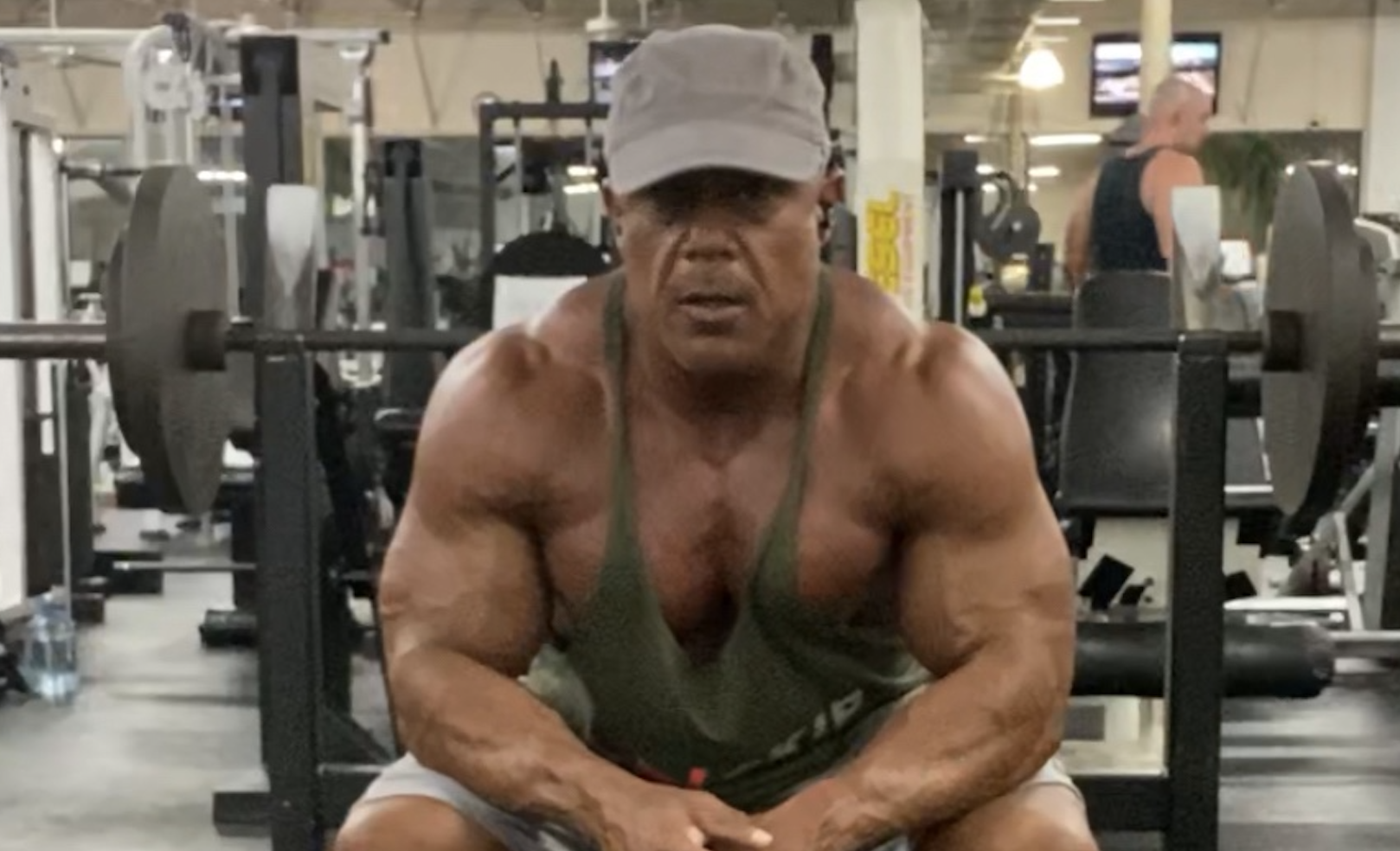
Though I have always been known to think outside of the box, I am also sometimes guilty of relying on the comfort of that same box. Blasting is a good example because, like most of you reading this, we tend to prefer training at 100% versus pulling back to aid recovery. I think most of you will agree that the mentality is, "I can go one more week, and THEN I will cruise." One week turns into three weeks; three weeks turns into nine weeks, etc.
Let's get the nuts and bolts of blasting and cruising out of the way, first.
Blasting is training all out at 100%. It really is that simple. The pedal is to the floor, and you are going as hard as you can. Cruising is when you take time to train with less intensity, usually less weight, and sometimes also less volume. Cruising is where you allow your body to recover and "catch up" so that the next blast phase can be as productive as possible.
I don't have the time, and you don't have the attention span – being the internet and all – for me to explain the myriad of ways to blast and cruise. Blasting may be pretty black and white, but cruising can be done in a variety of ways. I prefer to cruise for roughly one week when the cruises are taken proactively.
The biggest complaints that I hear from clients about cruising are these:
I don't want to miss out on gains/progress by cruising
I don't know the best way to cruise
The answers are simple. If you don't cruise, you will run yourself into the ground, and no one progresses optimally when they are overtrained. There is no "best way" to cruise. All you need to do is cut back on volume and intensity, and allow more recovery. There is no perfect answer to how to best do a cruise phase any more than there is the best way to do a blast phase. In short, you train your ass off, and then you back off to make sure that your body is recovering well. At the risk of sounding like I'm oversimplifying this, it really is that simple.
There are two ways to cruise:
Proactively
Reactively
The ideal way to cruise is to do it proactively. This means that you schedule the cruise phase before you show signs of needing it. What these people need to know is that when you do it this way, you will run very little risk of overtraining, and you will always come back -- the following week after a cruise – stronger, with more energy, and your joints will feel much better.
Reactive cruises have their place, but this type of cruising only happens after you have gone too long without a proactive cruise. The signs are the same as overtraining because that is likely what you are doing when you finally realize you have to take a cruise. The low energy, lack of enthusiasm to train, lowered appetite, aches and pains, and lack of progression in the gym are clear and obvious signs that you should have already taken a cruise. In situations like these, you will likely need more than just one week to recover. Reactive cruises are almost always longer than proactive cruises. If you are truly listening to your body and being smart about your programming, you should never need a reactive cruise.
Knowing how long to blast and cruise has to be figured out on an individual basis. This brings me to the point of this coach log. I used to laughingly say that I should train for one week and then cruise the next week. The main reason I used to say this is because, after a cruise week, I always feel like a million bucks. After making this joke for years, it occurred to me about six weeks ago that if I was still of the mindset of thinking outside of the box, I should probably get outside of the box. I sat down and pondered my blasting and cruising.
I couldn't bring myself to blast for one week and cruise for one week, but I did decide to go with blasting for two weeks and cruising for one. I had no idea if this would be productive, and it messed with my brain -- big time. However, I have stuck to it for the last six weeks, and I have been pleasantly surprised at the results.
My progression in strength has been excellent, and it has been very quick – quicker than longer blast phases. My joints feel great, and nothing hurts. Even my knee continues to improve as I continue to rehab it. This is one of those times where your brain tells you that you can train more because you can PHYSICALLY do more work. However, it would not be optimal to do more work because it would waste time and resources.
Ultimately, you have to choose between optimal results or the way you prefer to train. I would love to bury myself week in and week out for weeks on end. The results, though, would be poor – as I have proven in the past. I am going to ride this train for a while and see what happens.
Click on the banner below for the best knee sleeves in the industry:









